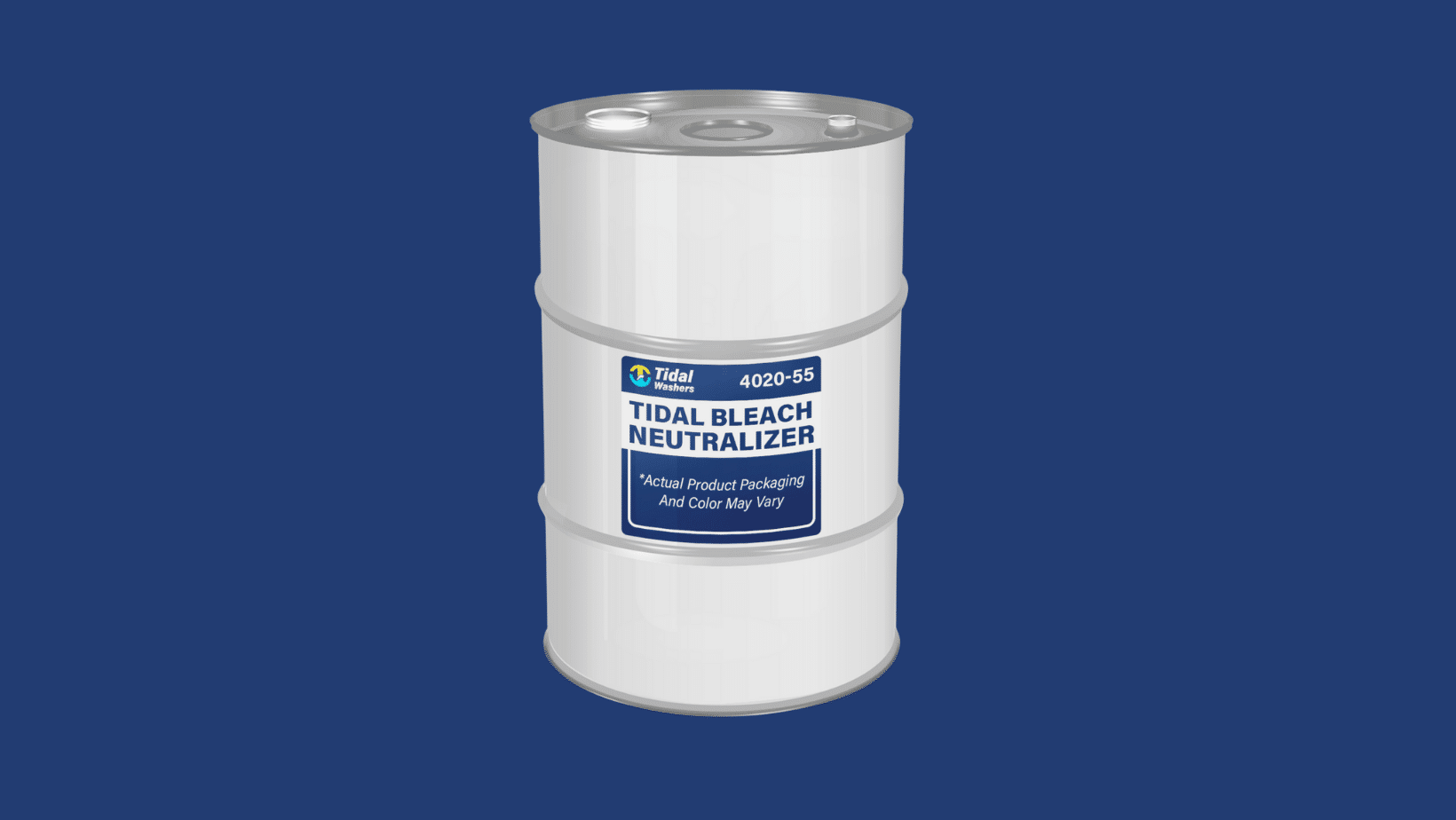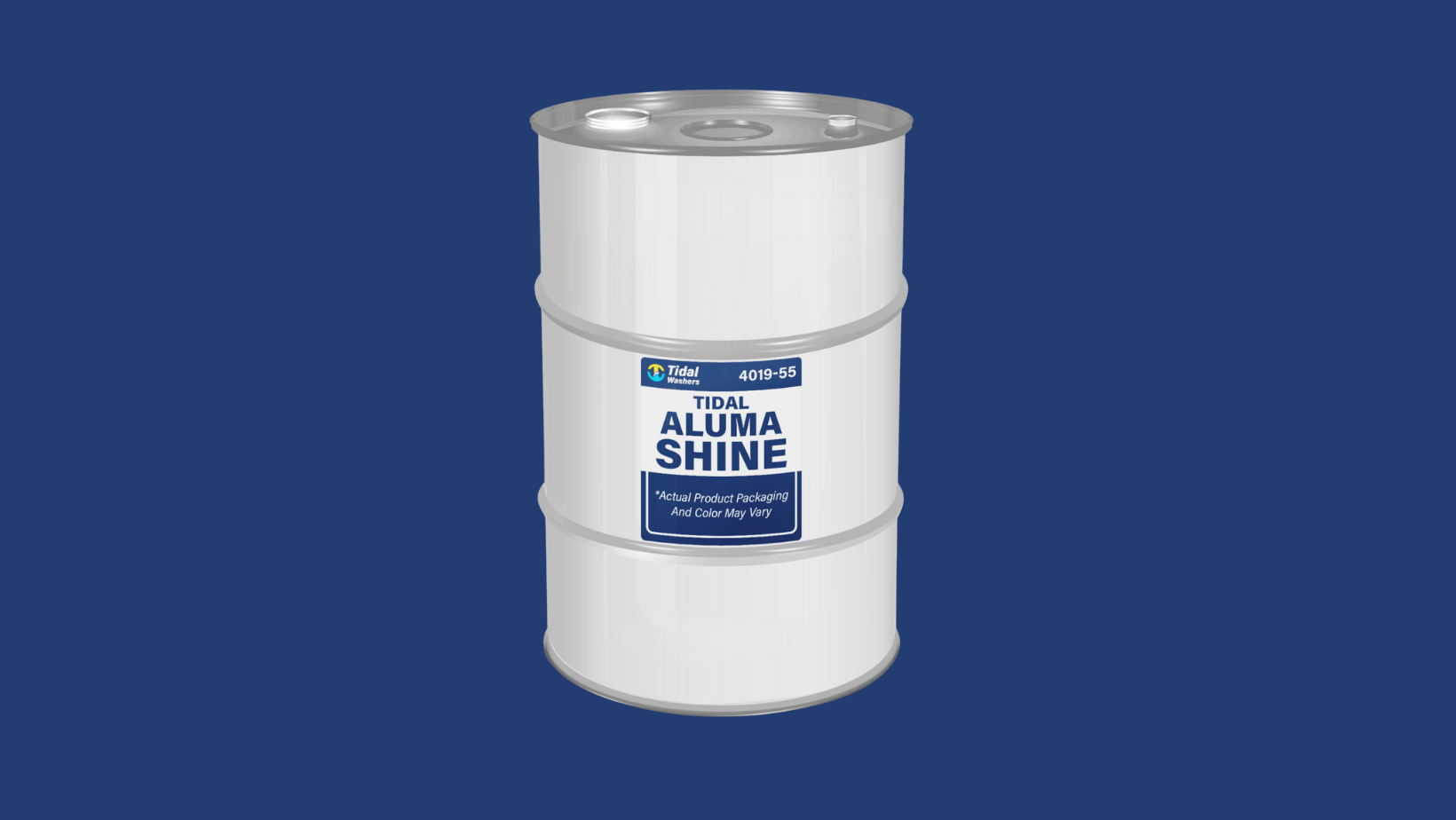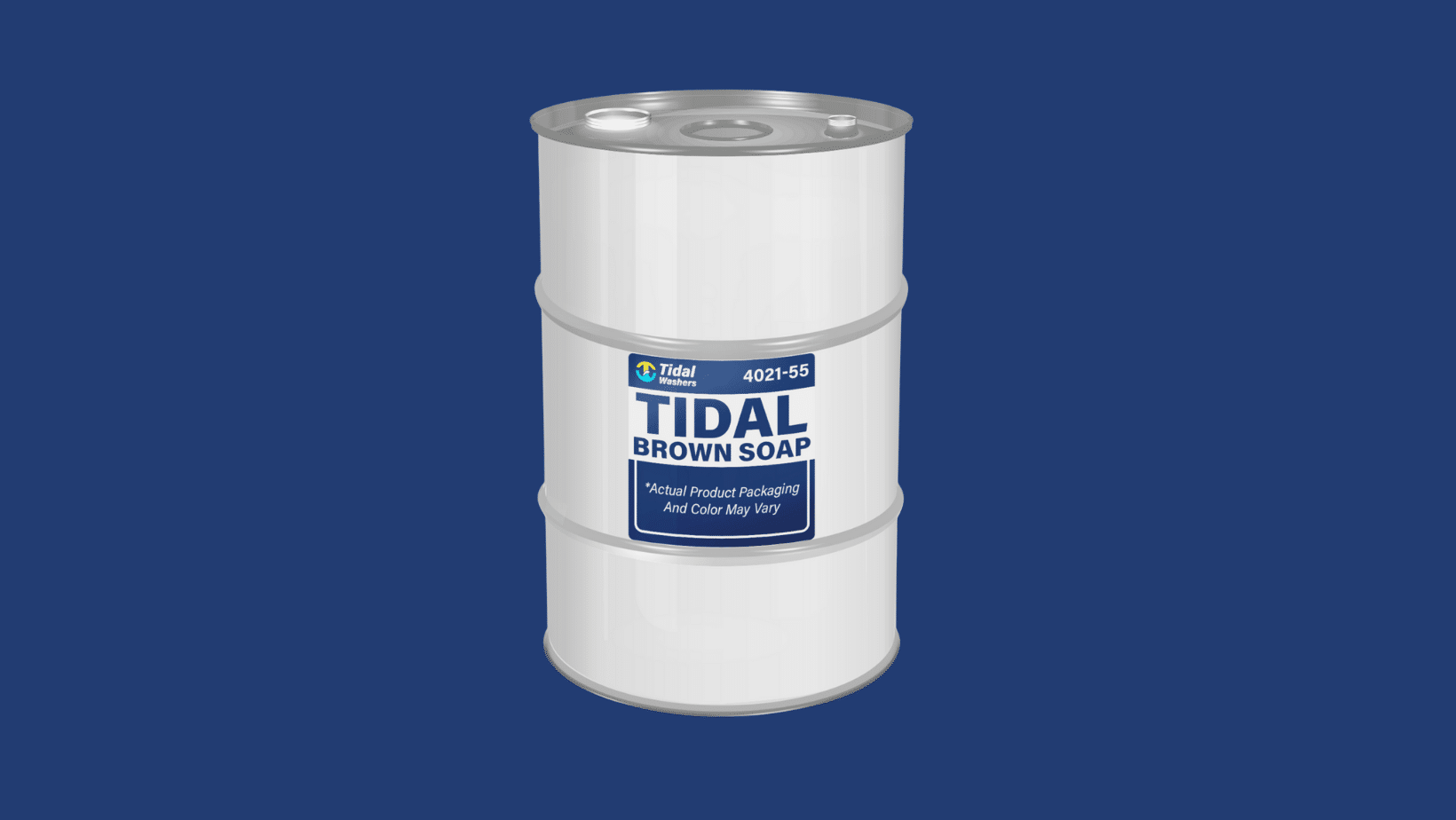Cobalt is a chemical element that is one of the essential materials used to create the lithium-ion battery that’s used in everything from remotes to...
Blog


CHEMICAL INDUSTRY NEWS
Chemical Chat – Discover What’s New!
The Benefits of Tidal Bleach Neutralizer
What Is Tidal Bleach Neutralizer? Tidal Bleach Neutralizer is an alkaline solution whose main ingredient is sodium hyposulfite (10%-20% by...
The Benefits of Tidal Aluma Shine
Are You Looking to Improve the Shine of an Aluminum Surface? If so, Tidal Aluma Shine is the perfect product for you. Primarily composed of...
The Benefits of Tidal Brown Soap
Are You Interested in an Industrial Truck Wash? Have you been looking for a new industrial truck wash solution?...
The Benefits of Tidal Bleach Neutralizer
What Is Tidal Bleach Neutralizer? Tidal Bleach Neutralizer is an alkaline solution whose main ingredient is sodium...
Company News

Managed Services
Discover the Latest in Safe and Sustainable Chemical Solutions
Stay informed with Ecolink’s blog! Subscribe now
Chemical Management Information
Stay updated with us
Sign Up for the Latest Updates
Stay informed about chemical supply chain disruptions and emerging innovations to keep your business at the forefront of efficiency and innovation. Uncover new ways to make your business practices more sustainable by incorporating safer products into your cleaning lineup.


























